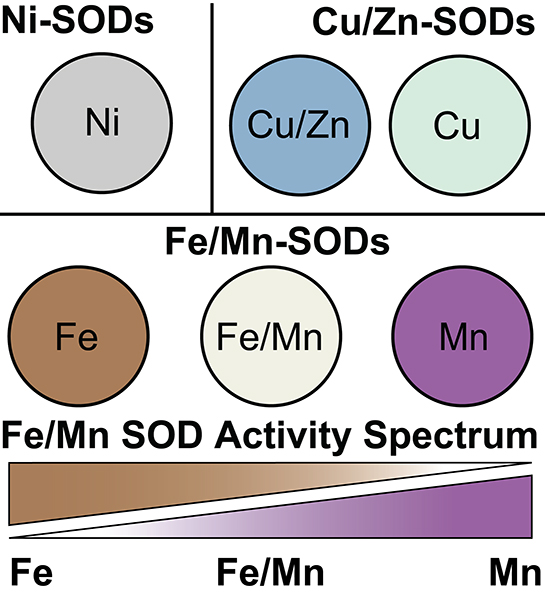Figure 1. The three superoxide dismutase (SOD) protein families and their metal-utilization.
SODs have arisen in three distinct protein families that each rely on a distinct set of metals for activity. These families are nickel SODs, copper and zinc SODs, and iron/manganese SODs. Recently, the Cu/Zn-SOD family was discovered to contain some enzymes that require only Cu for function. Similarly, the Fe/Mn-SOD family was realized to contain members that are specifically active with either Mn or Fe, but also enzymes that can use either metal for catalysis (cambialistic). Moreover, it has become apparent that metal-specificity in this family is best thought of as a spectrum rather than distinct bins. In the diagram spheres represent individual members of each SOD family and the metals they are active with.

